Water works
Above: Schletterer
A costly but necessary investment, pools and other water features can make or break a spa. Professional Spa & Wellness looks at how to drive the profitability and reduce the running costs of these facilities, getting them right from day one
WORDS NORA ELIAS
ABSOLUTE ESSENTIALS
While the range, type and price bracket of pools and water features vary from spa to spa depending on the concept, space and budget of the individual business, what’s indisputable is that you’re not a spa without them. Which means it’s an installation and operational cost bullet you’re inevitably going to have to bite. “Pools are a loss leader, they’re an enticement to draw people to the spa,” says Gerard McCarthy, sales director at UK-based Dalesauna, whose area of expertise includes pools and experience showers.
“It’s like that old adage that 80% of people book a hotel because it has a pool and 5% of people use it when they’re actually there,” he adds. “You’ll probably never see a tangible return on investment on your pools and they are a very large financial commitment but you need them to get the right type and number of visitors. Great water features are definitely a benefit, but they are quite an intangible benefit.”
PROFIT TRAIL
Not only are water features, particularly pools, among the biggest financial investments you’ll ever make, the extent to which they really do help drive clients, and therefore also revenue, to your spa is hard to quantify. “It’s very difficult to measure the profitability of a new pool or experience shower,” says Chris Perry, UK sales director for Italian brand Carmenta Wellness, whose range includes experience showers. “It’s not like a new treatment, where you can tell from your bookings how profitable it’s been. [Water features] are in a communal area, where it’s up to the customers if they use them or not.
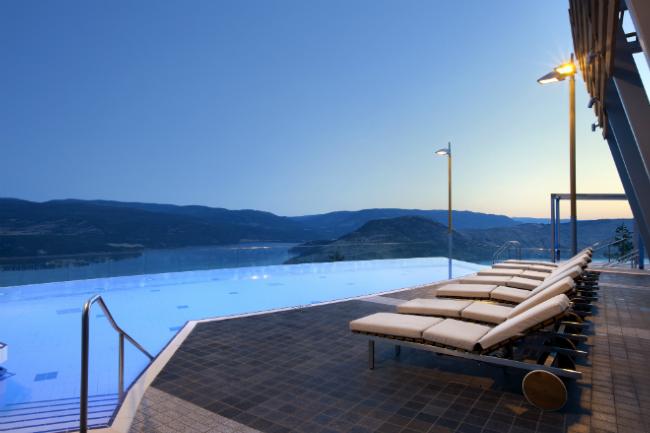
Above: Thermarium
“The only way to measure the profitability [of water features] directly is to carry out a customer survey, asking clients if they would be willing to pay more for the use of your facilities if they, for example, included experience showers,” he continues. Perry does, however, advise that there are more indirect ways to attempt to track the profitability of your water features, particularly if your clientele includes a membership segment. “If you have a membership base, you could look at retention rates,” he explains. “If you have members, and you find that your retention rates improve after installing experience showers, then you could perhaps attribute this to installing the showers.”
DO YOUR RESEARCH
No project should be embarked on without first doing the groundwork, and the planning of your spa’s wet area is of course no different. “Do your homework,” McCarthy says. “Before you build something at great expense, find out if it’s going to have the effect on your business that you think it will.” The best way to determine this is to pinpoint what your clientele is looking for.
“Research what your market, or your potential market, wants,” McCarthy adds. Perry explains that at Carmenta – which does not itself supply pools but partners up with pool builders on any project that requires one – they always identify at the outset what the needs of their customers’ clients are. “With all our spa projects, we talk to the customers to try to find out about their customers; why they come to the spa and if they are going there primarily for the facilities, or for a specific treatment. And that influences the number and variety of features we design,” he says.
“For example, if the spa is doing its best to bring in clients for a whole day, they’ve got to have a really broad range of facilities; you can’t just have a pool, a steam room and a sauna. You’ve got to start putting in experience showers, [Kneipp] walks and other facilities that will keep customers in the spa.”
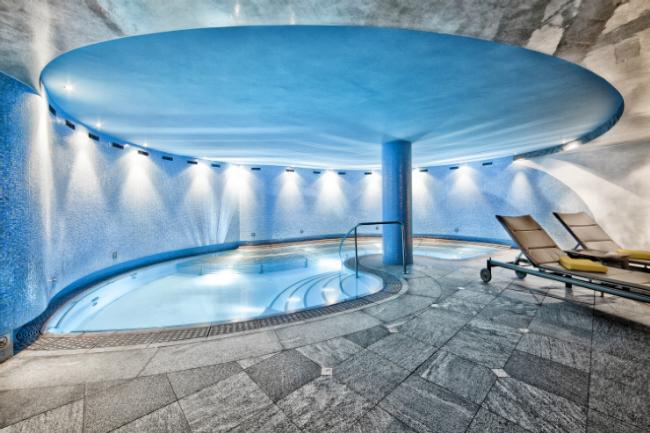
Above: KLAFS
PARTNERING UP
Doing your research also entails careful planning, which includes getting the right experts onboard. “Unfortunately, it quite often happens that planning begins without [the spa] first talking to a specialist,” says Adrian Egger, managing director of Austrian company Thermarium, whose services and products include manufacturing and designing pools and other water facilities for spas. “Good planning is [crucial] and it’s the first and most important step to reduce costs,” he says. Kevin Schiffer, managing director of German pool experts SSF Pools by KLAFS, agrees that selecting the right business partners is essential to the success and profitability of your pools and wet area.
“Look for a partner who is up to date with the most recent technologies and who can handle all the different parts of the pool planning and building process – including water filtration and air conditioning technology, which are really important in terms of energy consumption,” Schiffer advises. Spas would also, he continues, be wise to request evidence of the company’s previous work. “Ask your potential partner for facts, figures and references from previous projects,” he says.
Echoing this, McCarthy comments: “Check out the company you’re going to appoint as the pool builders. Make sure they’re financially sound and definitely ask for references from previous customers. You’ve got to be really cautious in who you appoint.”
TO CHARGE OR NOT TO CHARGE
It is generally agreed that excellent water facilities are likely to have a positive impact on your spa in an indirect way; drawing clients to your business and encouraging them co come back, thereby driving revenue. There are, however, only two ways to make your wet area directly profitable, in an immediate and traceable way: to charge for the use of the facilities, and to introduce water-based therapies to which there is a cost attached just as for any other treatment on your menu. “You could introduce a charge to use the water facilities, that would be one way to make a tangible return on them,” McCarthy says. “But if you’re going to do that you’ve got to have extensive water features, extensive enough to warrant the charge. And if hotel guests also have to pay, you risk incurring their wrath.”
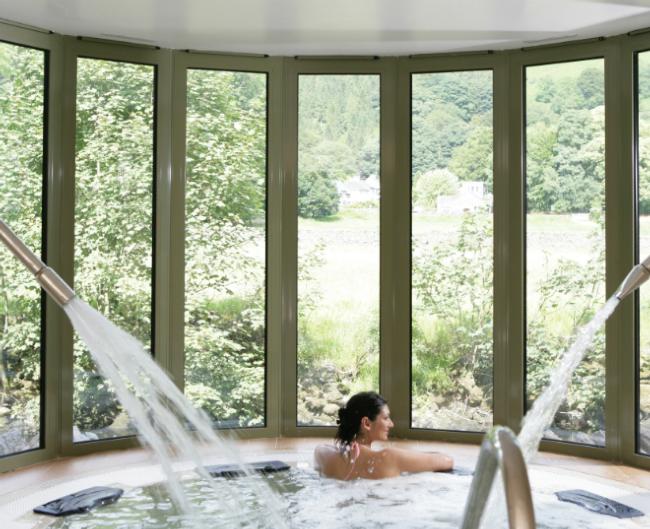
Above: Dalesauna
TREATMENT BENEFITS
As for adding water therapies to the menu, there are a number of options available to spas. “Pools are the most expensive features in a spa, which is why you need to carefully consider the profitability of them at the design and planning stage,” says Heinz Schletterer, chief executive of the Medical Spa & Wellness Group, whose brands include spa equipment providers Inviion and Schletterer.
“There are several possibilities to gain additional earnings from your pool, including individual and group Watsu therapy and aqua fitness session.” Neil Owen, director of UK supplier Spa Vision, which distributes Jacuzzi and other spa and wellness brands, agrees that carrying out treatments in the pool could be a good route for some spas to go down. “If you have a large body of warm water, then treatments such as Watsu can be a great addition to the spa menu,” he says.
Perry explains that he’s seen a recent increase in the number of spas using their pools for treatments. “I was in the pools industry for many years before joining Carmenta, so this is something I take a personal interest in, and I’ve noticed that swimming pools are now being used more as part of treatments,” he says.
However, while the ability to make back some of the considerable amount of money spent on installing and running the pool is no doubt appealing, you do, Owen points out, need to consider all the details. “You need privacy to carry out these treatments, so you need to weigh up the benefits of [maybe] just having one client [in the pool], as opposed to the pool being open for general use,” he says. “That’s an important consideration.”
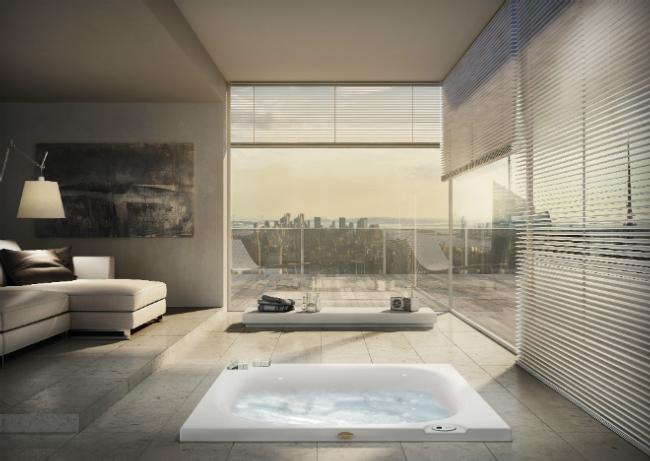
Above: Jacuzzi
COST CUTTING
Though there is little you can do about installation costs, there are ways of reducing the often heavy pool operating expenses. One simple but effective measure is the use of a cover over the pool when it’s not in use. “If you have a cover on the pool, the cost for ventilation can be reduced,” says Artur Rizvanov, international sales director for Austrian stainless steel pools specialists Berndorf. Pool covers not only help reduce ventilation costs by decreasing evaporation, and therefore the need for ventilation, from indoor pools.
They also contribute to minimising evaporation from outdoor pools – leading to lower heating costs. “A pool cover is a must have for an outdoor pool, it can help you save up to 80% on energy costs,” says Schiffer. Energy savings and associated reductions in operating costs are by no means, Schiffer continues, limited to pool covers. “Today there are pool designs that are optimised for energy efficiency, with, for example, high performance insulation on the inside to minimise temperature loss,” he comments.
“And the water pumps should be variable speed pumps, as the energy savings with those are enormous.” Excellent insulation outside the pool itself can also have a positive impact on running costs, as Schletterer explains. “Heating costs can be reduced with good room and window insulation,” he says, adding: “Maintenance costs can also be lowered, with the use of sensors that automatically start water attractions when guests are close.”
This type of technology is also, Owen says, something Jacuzzi would recommend spas to invest in. “Most businesses have peaks and troughs and with regards to large hydrotherapy pools it’s logical to have a sensor or button system that allows you to easily turn jets on and off. This could result in substantial energy and operating cost savings.”
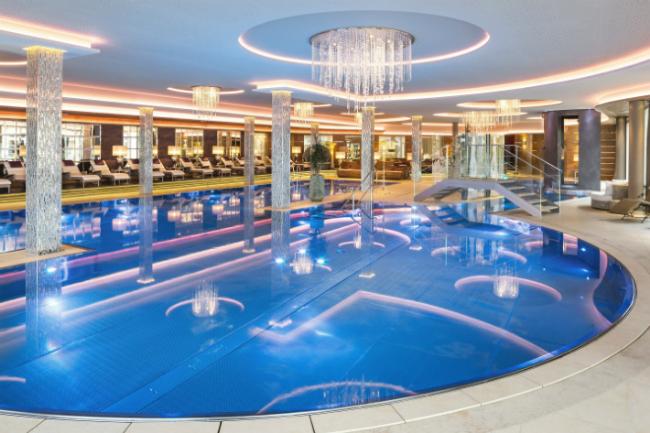
Above: Berndorf
MISTAKES MADE
There are also certain mistakes spas can try to avoid, to make their pools and water features run more efficiently, and to save money. “There is often poor training on the correct water chemistry when it comes to chemicals, which means spas sometimes overdose the pool with chemicals and use more products than necessary,” Perry says. “There are savings that could be had with better training on water care.” Failing to update your equipment is, Schletterer adds, another issue. “There are high but avoidable costs in many pool areas, including outdated water treatment facilities,” he comments.
“Modern, maintenance-friendly overflow channels do, for example, play a decisive role. The classic grilles require significant cleaning and struggle to comply with modern hygiene standards.” Often, Owen explains, things go wrong early on, at the design and planning stage. “Designers and operators often forget to allocate space for the pool plant and if you don’t plan for it, you may end up losing space in other areas, such as the relaxation or treatment area,” he says. “And in most scenarios, space equals revenue.”
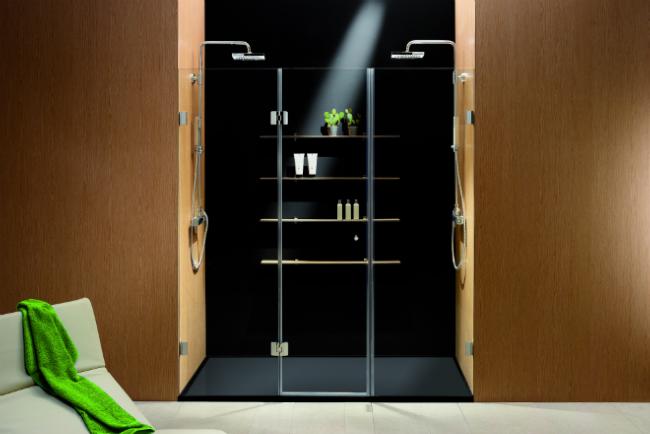
Above: Carmenta Wellness
PARTING SHOTS
So what are the key takeaways for spas, when it comes to making their pool area popular, and ensuring it’s as profitable as possible? Well, Egger says, it comes back to that staple lesson of knowing your market. “You need to know your target group, who you want to [reach] and what their needs are. Based on that, you can then develop a concept that fits.” Schletterer emphasises that, as with all other elements of the spa, the pool section needs to reflect the overall concept.
“The pool area and its design should always match the strategic approach of the spa,” he says. As with all other aspects of the spa business, keeping up to date with the latest news and developments in the field is also essential. “Keeping abreast with the latest equipment and figuring out if changing it now will save you money in the long run can give you positive return on in investment,” Perry says.

